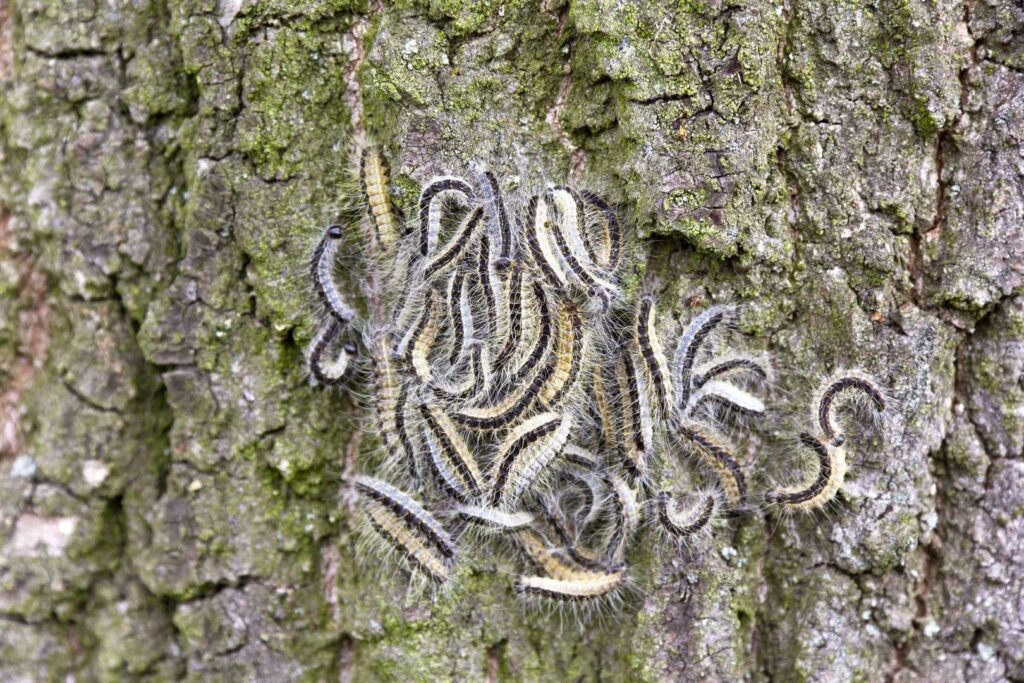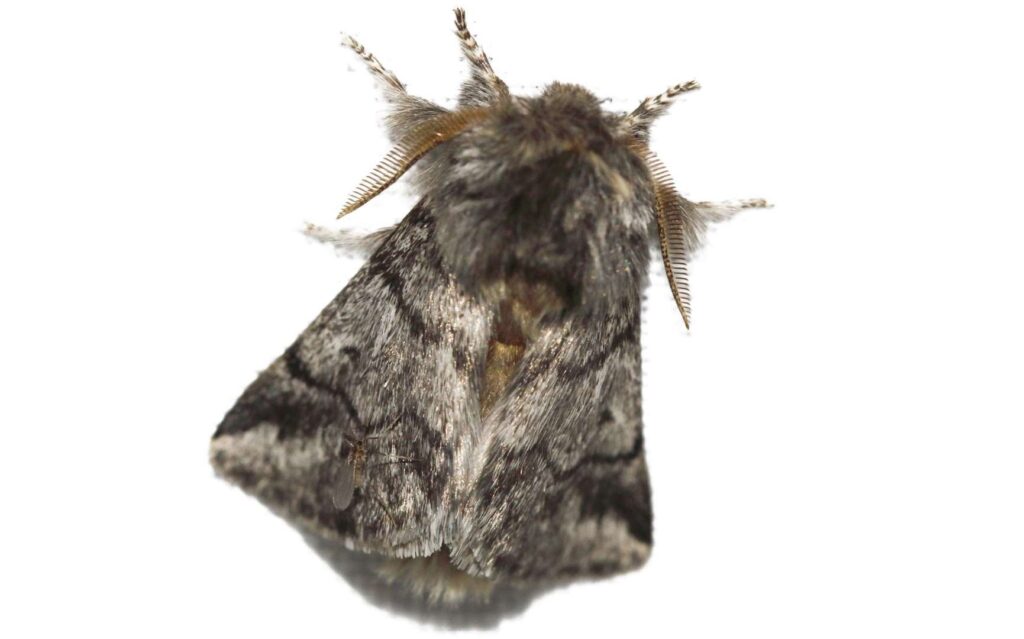
A caterpillar that can cause severe illness in humans and pets should be reported, but people are advised not to touch them.
The Forestry Commission is asking the public to report sightings of oak processionary moth caterpillars, which emerge from May to July before becoming adult moths.
However, because the creatures and their nests contain long hairs that cause itchy rashes, eye and throat problems, and sometimes breathing difficulties, the Commission recommends that they not be handled or touched ‘under any circumstances.’

Instead, it is asking the public to report any sightings of the caterpillar as England enters what it refers to as its “highest risk period.”
The Oak processionary moth, a tree pest, was discovered in London in 2006.

In addition to making people – and sometimes pets – feel very ill if they come into contact with them, the caterpillars feed on the leaves of several species of oak trees, causing them to lose their leaves, slow their growth, and become more vulnerable to other stresses such as drought.
“Reporting any sightings of oak processionary moth to the Forestry Commission will help to protect people, minimize the pest’s spread, and ensure our precious oak trees remain a much loved feature of the landscape,” said Professor Nicola Spence, UK Chief Plant Health Officer.
“Because of their hairs, caterpillars and their nests can be hazardous to public health. I would advise the public not to touch them and to keep pets and livestock away from them.”

Identification of oak processionary moth caterpillars
Caterpillar nests are typically dome or teardrop-shaped and about the size of a tennis ball. The caterpillars, which grow to be about 2cm long, have black heads and bodies covered in long white hairs. It’s a protein in the hair that causes itchy rashes, eye irritation, and throat irritation. According to experts, they can occasionally cause breathing difficulties in people and pets and should not be touched under any circumstances.
Anyone who believes they have come into contact with one of the caterpillars should see a pharmacist for milder reactions or a doctor for more severe reactions.
Animal owners should contact their veterinarian for assistance and treatment if their animals have been seriously harmed.

Oak Processionary Moth Project Manager Andrew Hoppit stated: “Many of us enjoy being outside in green spaces of all kinds at this time of year. If you live in London or the surrounding areas, you should be aware of the health risks posed by tree pests such as the oak processionary moth.”
Any sightings can be reported to the Forestry Commission through its special portal here, or by emailing [email protected] or calling 0300 067 4442.
